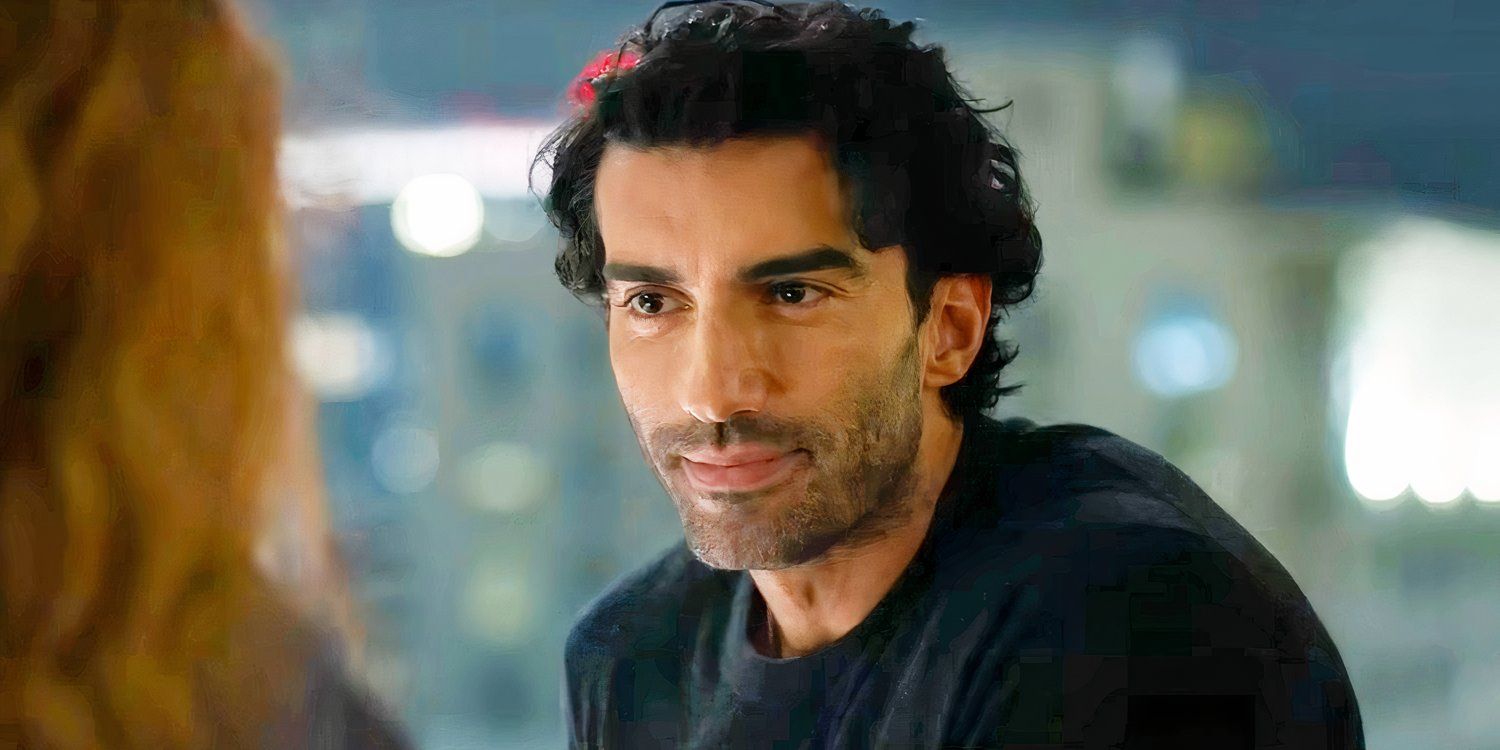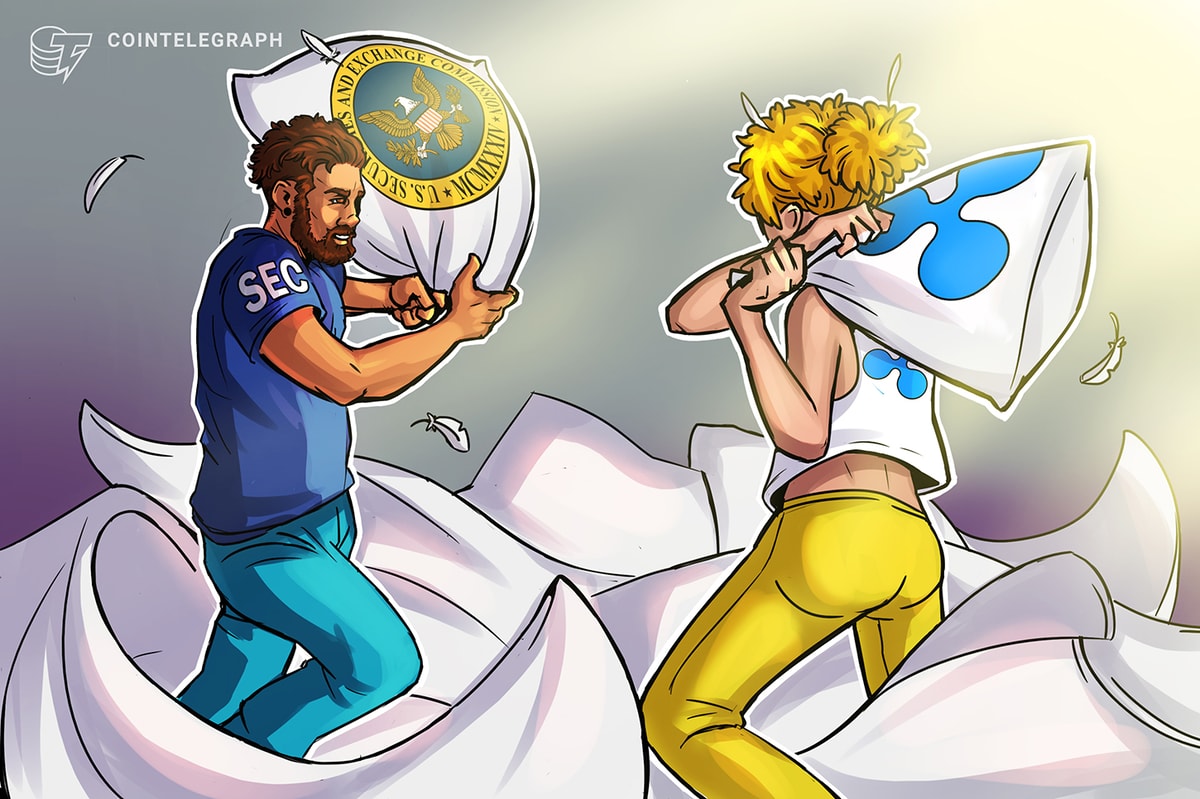Matthew Rankin’s second feature is something of an anomaly on this year’s Oscar shortlist for International Feature Film. For one thing, it takes place in a world that doesn’t actually exist, positing a surreal fusion of east and west that transplants the earnest rustic dramas of the Middle East to the bland, snow-covered industrial estates of Winnipeg, Canada. The plot is even harder to describe, involving a spectacle-snatching turkey, a desperately dull tour guide, and an office worker who quits his job to visit his mother, all linked by the story of two young children who find a bank note buried, tantalizingly, in the ice.
It shouldn’t work but it does, as proven when the film won Rankin an Audience Award after premiering in Directors’ Fortnight in Cannes last year. Here, he gives some vital backstory that helps to make (more) sense of one of the strangest films of the year…
DEADLINE: This is not the usual kind of film that would make the Oscar shortlist. What were your thoughts when you saw that it had made the cut?
MATTHEW RANKIN: [Laughs.] Well, yes, I’m not a competitive person, I don’t have very great expectations from life. My parents really raised me to expect unrelenting disappointment from the world, so I never set the bar very high. Any hope for the future I might’ve had as a boy has really been beaten out of me long ago. So, I find it improbable and a little bit surreal, but it’s also fun, in that it’s a measure of how people are connecting with the movie. It’s an improbable movie, it’s true, but that’s what we’re observing as we show it across the world—people do really connect with it. As abstract and as surreal as it is, people feel it. That’s gratifying and that’s really nice for the whole team, so we’re going to see how far we can schlep this dog and pony show.
DEADLINE: There are so many ideas packed into this film. What was the organizing principle?
RANKIN: That’s a great question. It’s true, it’s not necessarily a movie where you would recount the story. Yes, there is a story—there is a narrative experience, there are characters—but the experience of it, I feel, is a cinematic one. I describe it always as a Venn diagram between two spheres: it’s the language of Iranian cinema and the language of Canadian cinema merging into a liminal interzone and trying to create a third space. That third space is the place where people connect, I find.
It’s the idea that creating, in a very non-didactic and non-political way, a proximity between spaces between which we might imagine great distance. I mean, my go-to joke in Q&As is that Iranian cinema emerges out of a thousand years of poetry and Canadian cinema emerges out of 50 years of discount furniture commercials. The idea of putting these two things together is a little bit absurd, but it’s also our world. It’s also the miracle that we’re all alive here at the same time. We have this very short period of being alive together, all together at the same time, and that involves all manner of complexity and absurdity, but also beauty.
These spaces of togetherness are becoming more and more unusual, I think. In a lot of ways, I feel like the film emerged over the pandemic and its solitudes, and I feel like we’re still reckoning with how pathological that solitude has become. We see it in our politics, we see it in our social media, how much people have these Berlin walls that just shot up all around us, and oppositional paradigms are the way we organize the world now, in a very rigid way. But we created a space that is very fluid, where spaces that we would typically conceive through oppositional paradigms—in the way we organize and understand them—find this central zone where they just flow together like a river between all the binaries. There’s a certain catharsis to that.
DEADLINE: Why Iranian cinema? Why Iranian culture?
RANKIN: Well, I would say specifically it’s [referencing] Iranian cinema more than culture writ large, and it did begin like that. I mean, the movie is moving between subatomic particles of my life and my city, Winnipeg, and reaching off into the cosmos. It began with a family story. My grandmother told me a story when I was quite young, and she was describing her life during the Depression in Winnipeg in the ’30s. She told me a story about how she and her brother found a banknote frozen in the ice on the street and they went on this odyssey across the city to get it out of the ice and had to navigate the adult world. They were very poor, it was a $2 bill, but they would’ve fed their family for a week with it.
Anyway, it was a story about the Depression that just captured my imagination as a boy. Then, much later, when I was a teenager, I got into Iranian cinema in a big way. I had an Iranian friend who took me to see films by Abbas Kiarostami. Then I got really obsessed, and I went really deep, and I got really excited about films produced by the Kanoon Institute, the Institute for the Intellectual Development of Children and Young People. They had produced all these films for children, and they were these very beautiful, very humanistic, very poetic tales of children facing adult dilemmas. Even in Jafar Panahi’s film The White Balloon, the drama is structured around lost money.
Anyway, so somehow there was an echo of my grandmother’s story that, I don’t know, saw a little synapse burst in my brain. There was something very touching to me about the idea that my then-octogenarian grandmother, who had always lived in Winnipeg, only spoke English, that she would have this story that would find an echo in these Iranian films on the other side of the world. The beginning of the film emerged out of that. I got excited. I love cinematic language, and the original idea was to tell the story of my grandmother through the prism of the formalism that I associate with these films.
Then as I started working with Pirouz Nemati and Ila Firouzabadi, who are producers and co-writers on the film. We got really excited about making it in Farsi and really expanding this idea on a big level. So, it became something else.

DEADLINE: I have no concept of Winnipeg. What could you tell me about Winnipeg that would shed a little light on this film?
RANKIN: Well, it’s the city I grew up in. I think we always have a complicated relationship with where we grew up. It’s a city that is in the geographic center of North America, but it’s very much on the edge of North American society. I mean, there’s one Winnipeg that is very conservative, that wants to really integrate into the North American mainstream and all of its lies of success and fame and money, but there’s this countercultural Winnipeg, which has always been part of Winnipeg, which is really defiant and really focused on the idea of defying the North American mainstream.
This produced a number of really amazing outsider artists—Guy Maddin would be the most celebrated, most well-known. And really, I think Guy is the greatest ambassador for Winnipeg and what it means. A very distinct film culture has emerged in Winnipeg, and you can see a lot of it in our movie. It’s very focused around surrealism, repurposing codes of cinematic language to tell personal stories. That’s Guy Maddin’s whole thing, really. I mean, he repurposes the outmoded language of ’40s melodramas and silent film to tell these very personal, very singular stories.
I would also say that Winnipeg has a great history of weird humor. One of my favorite Winnipeg films is The Big Snit [1985], an animated film by Richard Condie. It’s now a little bit forgotten—it was nominated for an Oscar in 1986—but it’s a masterpiece. It’s just utterly absurd and totally pathological, and it was the first film I can remember seeing where I really recognized my city and I could say, “Those are people I know.” It’s an animated film, but it really felt like a mirror. The pat answer to your question is that Winnipeg is geographically isolated, and therefore it becomes this strange, otherworldly place. That’s a little bit true, but I think it also has this very punk rock defiance of orthodoxy, which is something that, really, I love about it.
DEADLINE: How does this film connect with the work you’ve done before, like your debut, The Twentieth Century, [2019], and your shorts?
RANKIN: It’s very different. The first film is a historical film, but it’s also playing with reality. It’s a biopic of a real person [former Canadian Prime Minister William Lyon Mackenzie King], but its fictions are very, very, very much on display. It’s not a Spielbergian simulacrum where you hide all the artifice and you create an image of the past that is so irresistibly credible that you forget that you’re watching a movie, and you think you’re seeing the American past. It’s not like that. It’s really in your face how artificial it is; it uses very theatrical sets and involves very absurd and surreal events, which do have a historical argument. But historians have complained, of course, that it’s a terrible fiction, an abomination. So that’s it, it’s like an alternative history, whereas I think of this movie as an alternative geography.
There’s a lot in the process that links them. I would say the humor certainly links both of them in a real way, but, more fundamentally, so does the process. I do have a background in history and my earlier career was as an academic historian. I’m not an academic at all, but something that enduringly fascinates me is the problem of putting reality into another form. A historian takes the raw chronology of the past and organizes it into a story with a beginning, middle, and end. Despite the fact that they claim to be scientists, there are artistic operations at work in even writing history, even purely text-based history. The problem of putting history on film is even more interesting. Transforming the truth or something that has a very intimate relationship with reality as we understand it into image and sound is something infinitely more bizarre.
I’m a filmmaker that really loves the artifice of cinema. The arc of film history has really bent towards the simulacrum and recreating realities so that we forget that we’re watching a film. The idea is to get as close to reality, as close to authenticity as possible. But I actually feel the opposite is more interesting, that embracing the artifice of cinema can actually take us somewhere further, somewhere new. So that’s something that both films share; they have a relationship with reality, but they’re fed through a prism, and you can see the artifice at work.
DEADLINE: What’s next for you? Are you just focusing on this film or do you have any other plans?
RANKIN: Yeah, I do. Yeah, my corpse is being shipped to many points on the globe at the moment, and I haven’t had a lot of time to mobilize the next things, but I am working on a couple things. Ila Firouzabadi and I are working on a docu fiction, which is partially filmed on the theme of Esperanto [a man-made international language devised in the 19th century]. It’s interesting, there are some real threads that have emerged out of making this film that are feeding the next one. In parallel, I’m working on an all-archival film, purely archive, about a conservative Canadian politician, which will be a very experimental film but will nonetheless tell a story on the theme of conservativism, which, of course, is one that preoccupies us at the present moment
DEADLINE: Are you nervous at all that Donald Trump might buy Canada, as he has suggested in the past?
RANKIN: I heard that. I’m sure he could get a good deal. He’s known for his deals, right?









 English (US) ·
English (US) ·